What Happens During a Heart Attack? The heart muscle requires a constant supply of oxygen-rich blood to nourish it. The coronary arteries provide the heart with this critical blood supply. If you have coronary artery disease, those arteries become narrow and blood cannot flow as well as they should. Fatty matter, calcium, proteins, and inflammatory cells build up within the arteries to form plaques of different sizes. The plaque deposits are hard on the outside and soft and mushy on the inside. When the plaque is hard, the outer shell cracks (plaque rupture), platelets (disc-shaped particles in the blood that aid clotting) come to the area, and blood clots form around the plaque. If a blood clot totally blocks the artery, the heart muscle becomes “starved” for oxygen. Within a short time, death of heart muscle cells occurs, causing permanent damage. This is a heart attack. While it is unusual, a heart attack can also be caused by a spasm of a coronary artery. During a coronary spasm, the coronary arteries restrict or spasm on and off, reducing blood supply to the heart muscle (ischemia). It may occur at rest, and can even occur in people without significant coronary artery disease. Each coronary artery supplies blood to a region of heart muscle. The amount of damage to the heart muscle depends on the size of the area supplied by the blocked artery and the time between injury and treatment. Healing of the heart muscle begins soon after a heart attack and takes about eight weeks. Just like a skin wound, the heart’s wound heals and a scar will form in the damaged area. But, the new scar tissue does not contract. So, the heart’s pumping ability is lessened after a heart attack. The amount of lost pumping ability depends on the size and location of the scar.
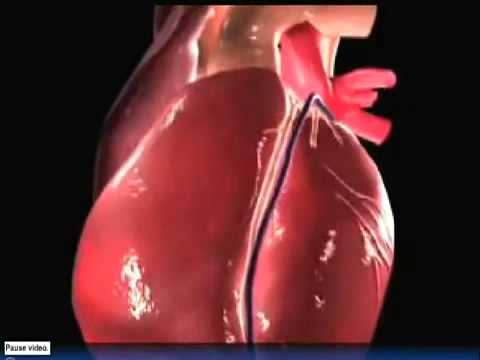
Watch Heart Attack in 3D
- Post author:
- Post published:May 23, 2021
- Post category:Uncategorized
- Post comments:0 Comments
You Might Also Like
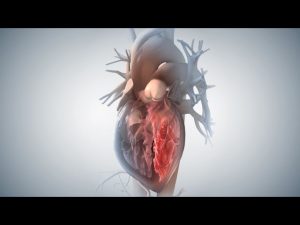
Acute Coronary Syndrome and Heart Attack
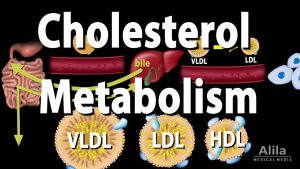
Cholesterol Metabolism, LDL, HDL and other Lipoproteins, Animation
Supplements
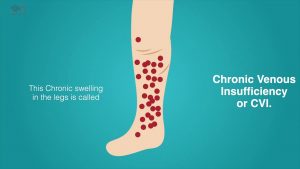
What is Chronic Venous Insufficiency (CVI?)

Complete 20 Min ABS Workout – Gym Body Motivation

Circuit Training Exercises to Lose Weight

Swedish Massage Video – 1
![Read more about the article [Human Body 8] Make sure you know about FEVER](https://videos.drmaheshkumar.com/wp-content/uploads/2021/05/Human-Body-8-Make-sure-you-know-about-FEVER-300x169.jpg)
[Human Body 8] Make sure you know about FEVER

Things you must know before taking Glutamine Supplements | HINDI
Muscle Building Workout & Squats Muscle Building Workout & Squats Video – 1
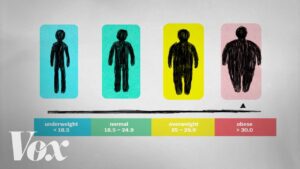
What BMI doesn’t tell you about your health

What Is Yoga Video – 5
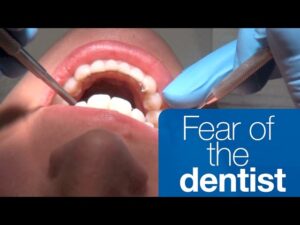
Dentistry Video – 2
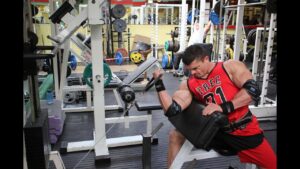
Biceps: One Arm Preacher Curl Low Pulley Cable

Micronutrition Pt 2 – Antioxidants and Phytochemicals
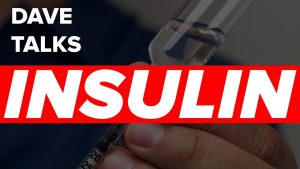
Insulin Does NOT Build Muscle | #RXRants | RXMuscle.com
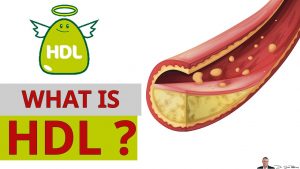
What Is HDL Cholesterol & Why it’s Called The Good Cholesterol? – by Dr Sam Robbins
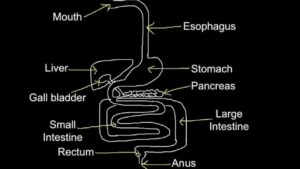
6.1 Skill: Produce an annotated diagram of the digestive system

Brain Injury Medicine Video – 4

Stretching Exercises for the Adductor Magnus

Should We Take a Multivitamins? | Guru Mann | Health and Fitness HD
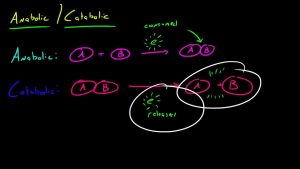
Biology Lecture – 28 – Anabolic and Catabolic Reactions
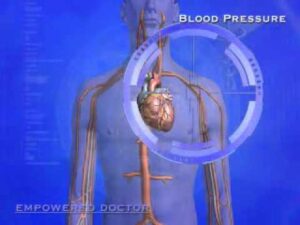
Blood Pressure Explained
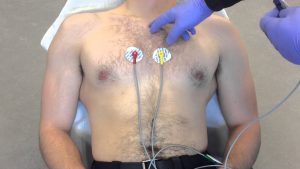
12 Lead ECG Placement example
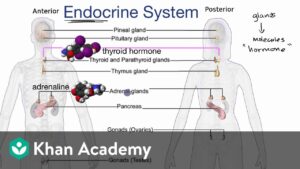
Endocrine system introduction

Top 10 Best Vitamin B-Complex Supplements
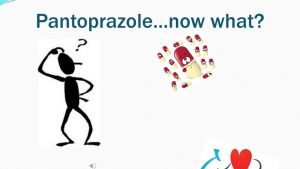
What is Pantoprazole

Top 3 Lateral Raise Exercises – Medial Delts!
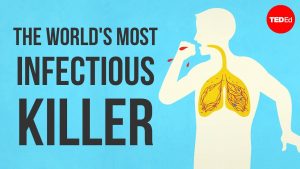
What makes tuberculosis (TB) the world’s most infectious killer? – Melvin Sanicas
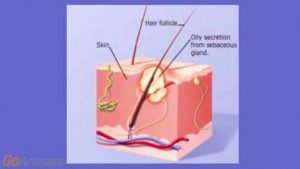
What is Acne and What is the Best Acne Treatment?
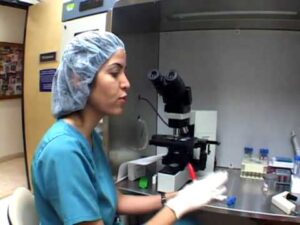
Andrology Video – 4

When To Take BCAA Supplement?
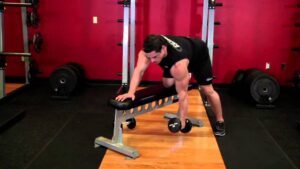
One Arm Row Dumbbell-4
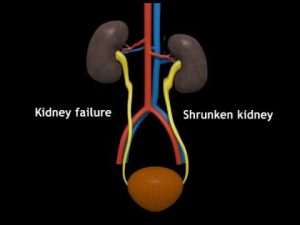
Kidney Transpalantation animation.flv

Dementia Video – 2
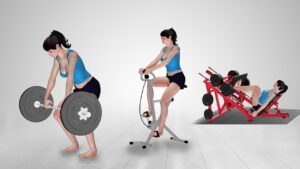
8 Exercises To Avoid For A Bulging Disc

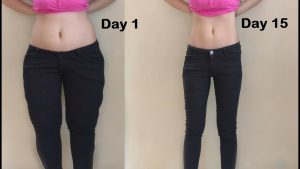
Lose Thigh Fat in 2 weeks – Easy thigh exercise & workout to get slim legs
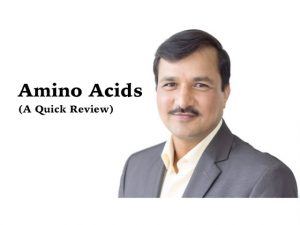
Amino Acids – A Quick Review
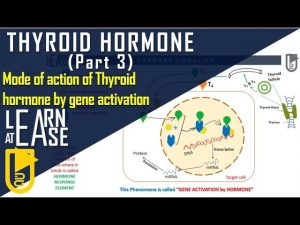
Thyroid Hormone (Part 3) Mode of action of Thyroid hormone by gene activation

How to Do Lateral Raise

